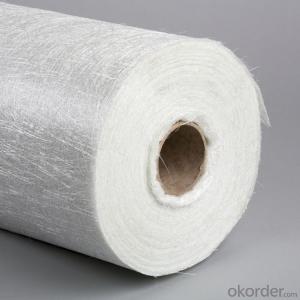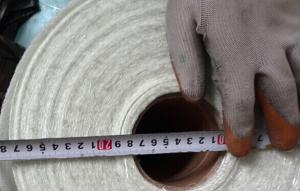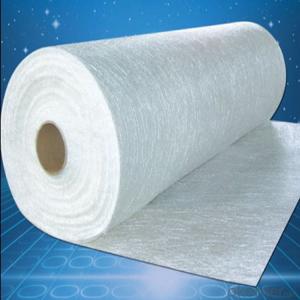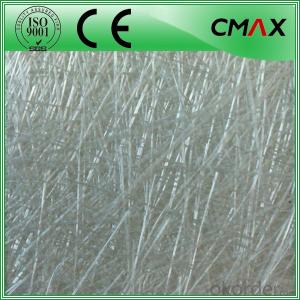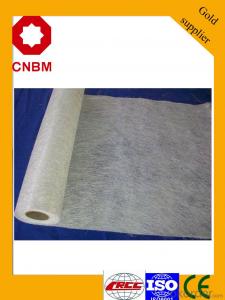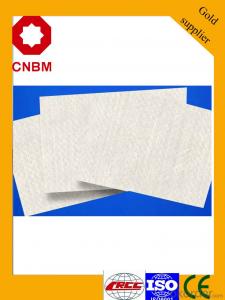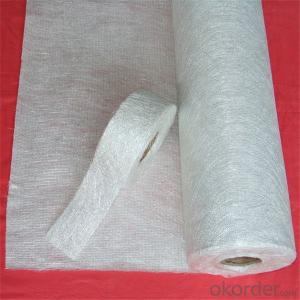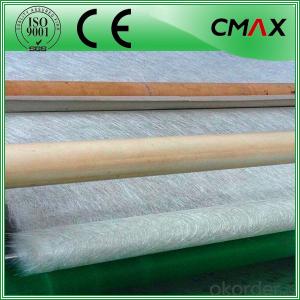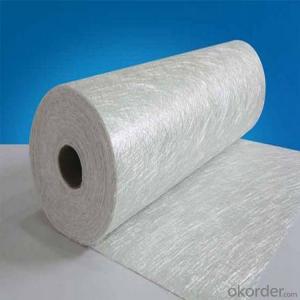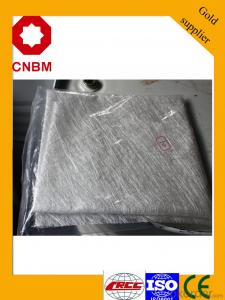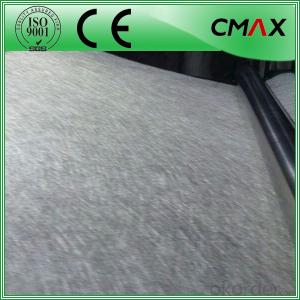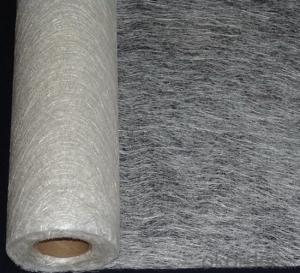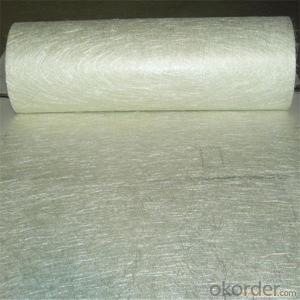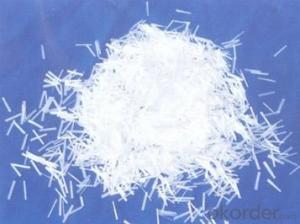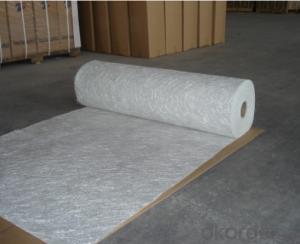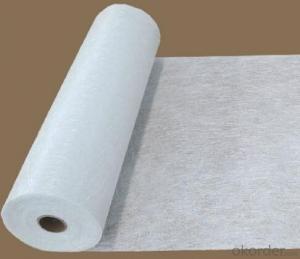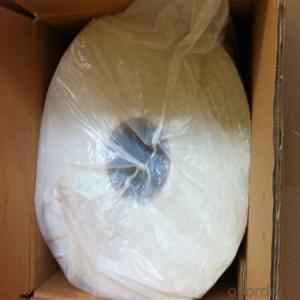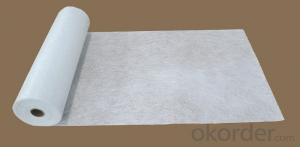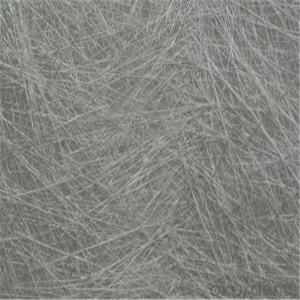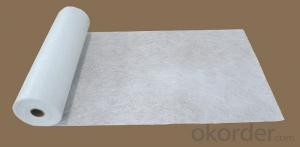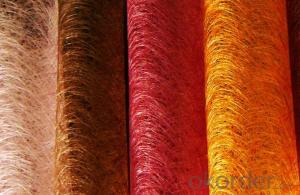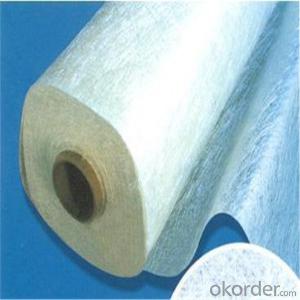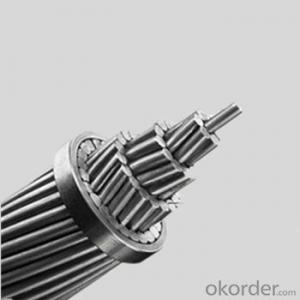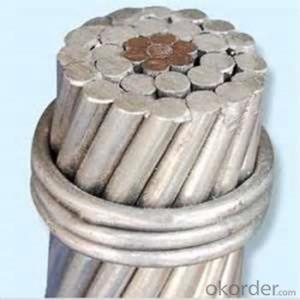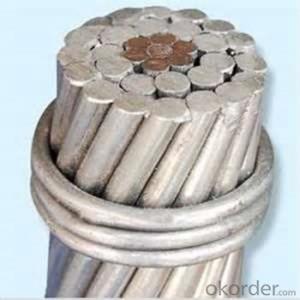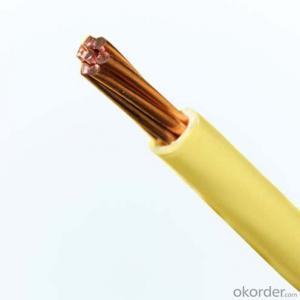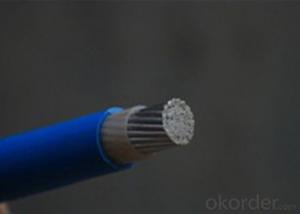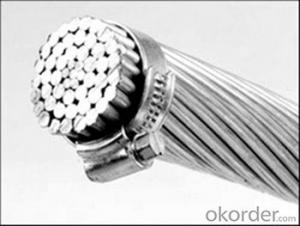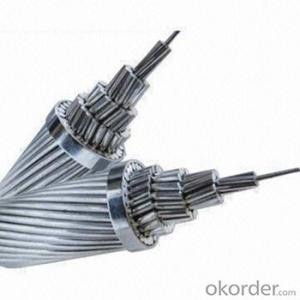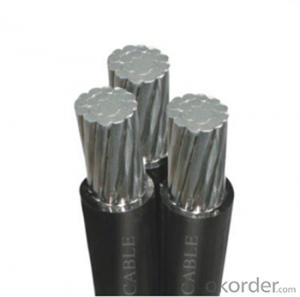Fiberglass Chopped Strand Mat
Fiberglass Chopped Strand Mat Related Searches
Chopped Strand Fiberglass Mat Zccy Fiberglass Chopped Strand Mat Chopped Strand Fibreglass Concrete Fiberglass Chopped Strand 300G/M2 E-Glass Chopped Strand Mat B Grade Chopped Strand Mat Chopped Fiberglass Fiber Glass Mat Chopped Strand Rolls Of Fiberglass Mat Fiberglass Woven Roving Combo Mat Chopped Glass Fiber Glass Fiber Mat Surfboard Fiberglass Repair Fiberglass Strands In Skin Fold Out Beach Chairs Fiberglass Patio Roof Fiberglass Cloth Roll Fiberglass Pipe Shaver Fiberglass Drywall Fiberglass Roving Fiberglass Yarn Roll Of Fiberglass Cloth Car Fiberglass Fiberglass Insulation Blanket Fiberglass Sheets For Roofing Sto Fiberglass Mesh Fiberglass Woven Fiberglass Woven Fabric Fiberglass FabricFiberglass Chopped Strand Mat Supplier & Manufacturer from China
Fiberglass Chopped Strand Mat is a type of reinforcement material made from randomly arranged glass fibers that are bonded together with a resin. It is known for its excellent mechanical properties, such as high tensile strength and durability, which make it suitable for various applications.This product finds its use in a wide range of industries, including construction, automotive, and marine applications. It is commonly utilized in the manufacturing of composite materials, such as fiberglass boats, pipes, and tanks, where its strength and resistance to corrosion are highly valued. Fiberglass Chopped Strand Mat also plays a crucial role in providing structural integrity and insulation in various construction projects.
Okorder.com is a leading wholesale supplier of Fiberglass Chopped Strand Mat, offering a vast inventory to cater to the needs of various industries. With their extensive range of products and competitive pricing, they have established themselves as a reliable source for businesses looking to incorporate this material into their manufacturing processes.
Hot Products

